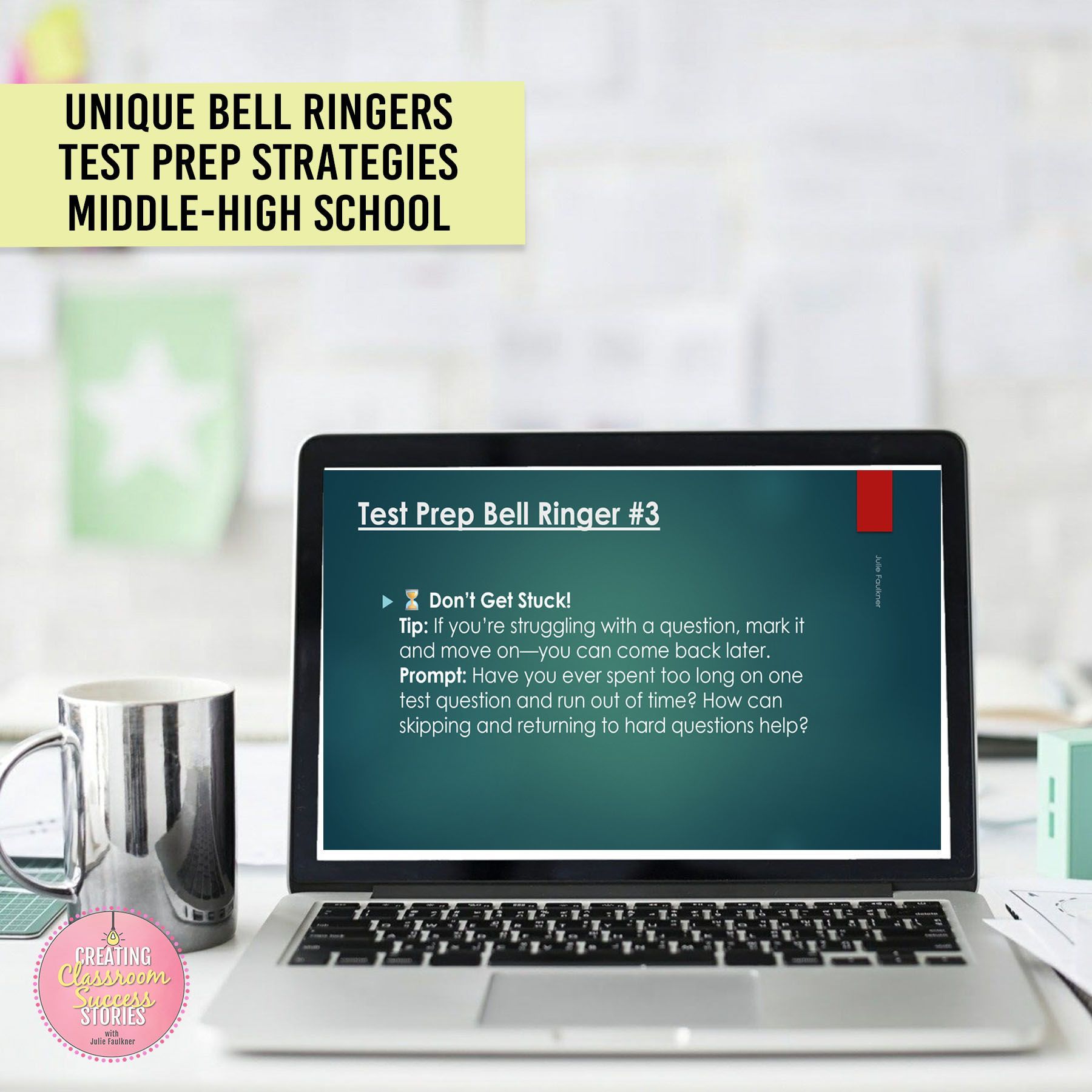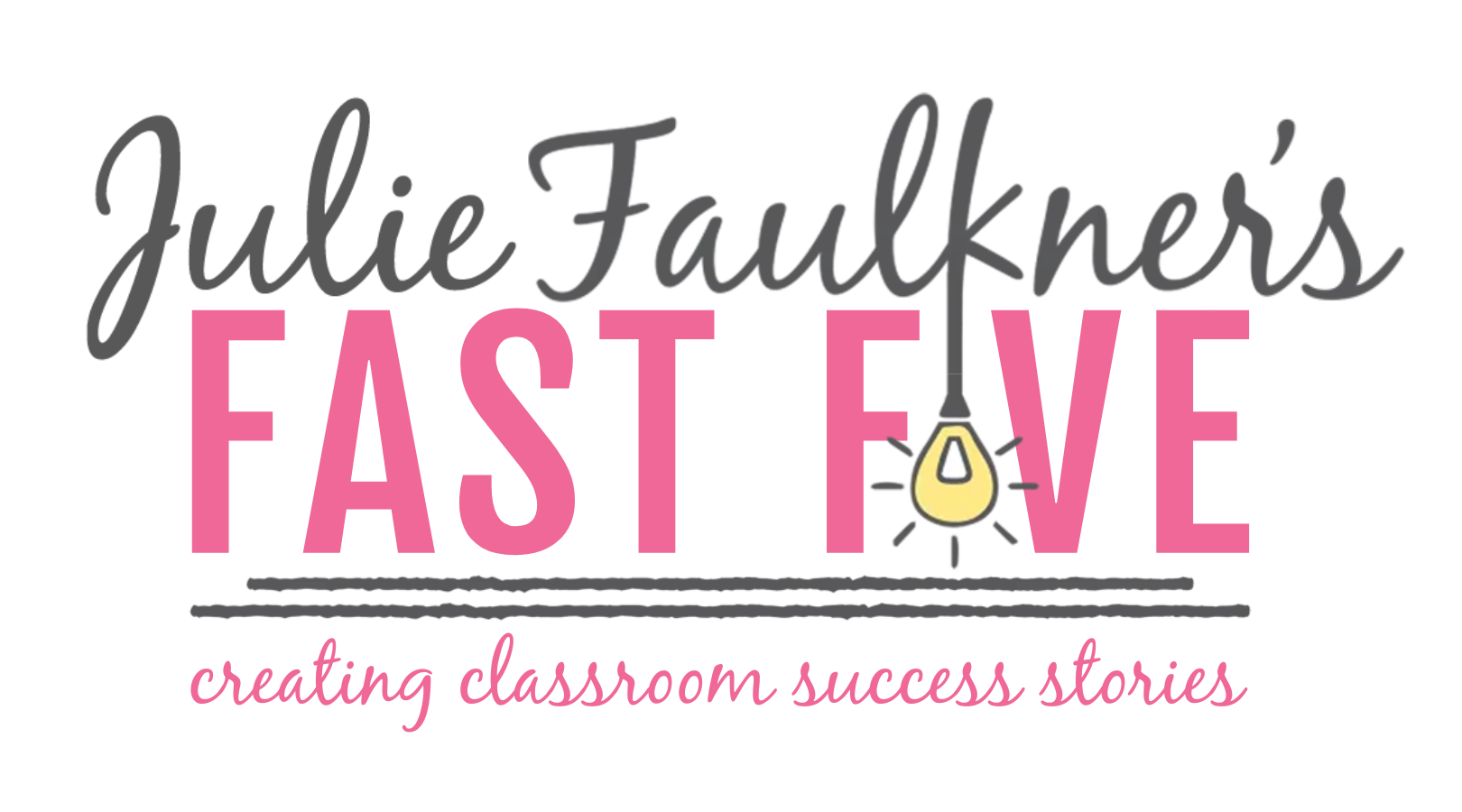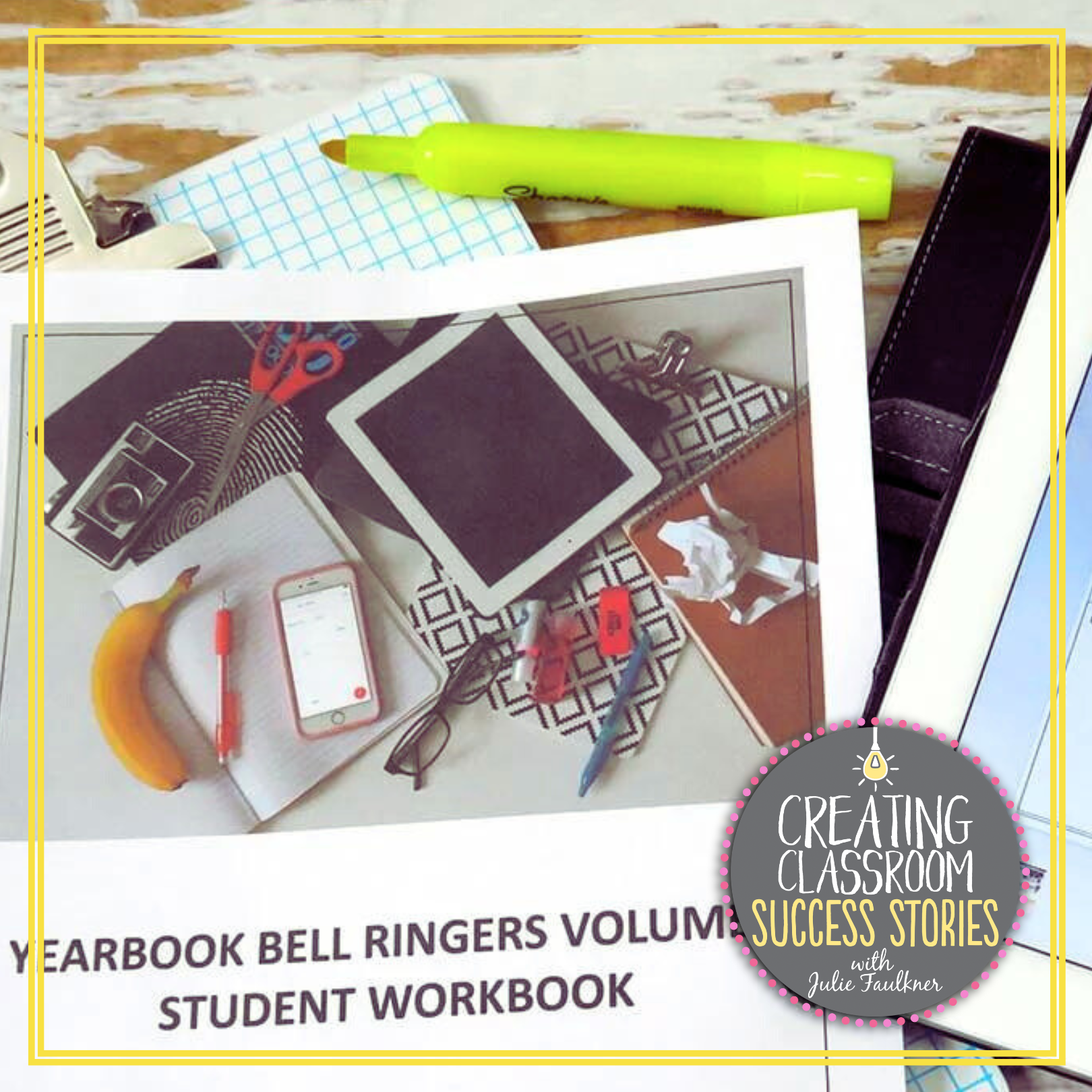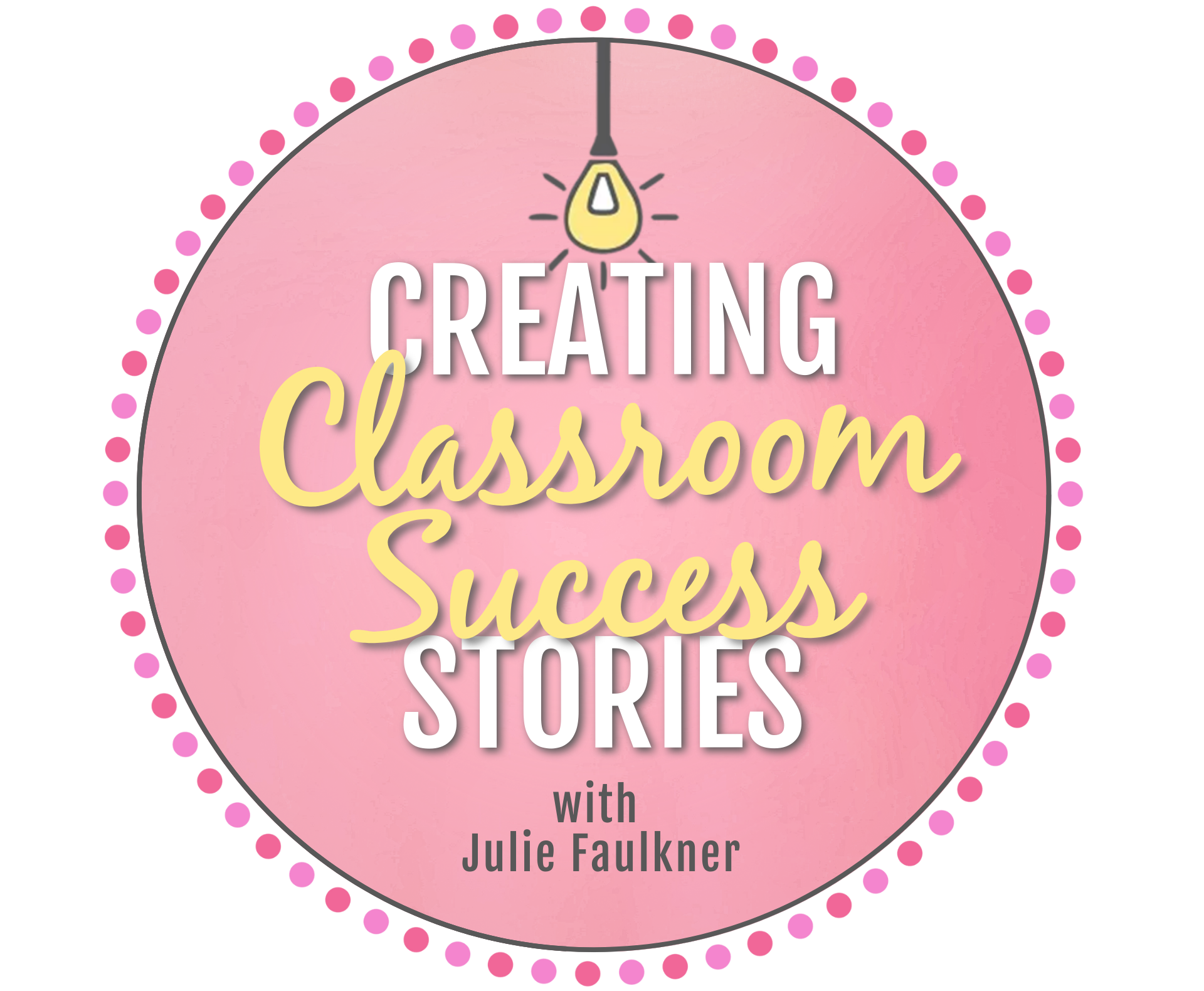Old-Fashioned Test Prep That Works: A Proven Approach for Middle and High School English
Let me let you in on a little secret: I actually like test prep season! I don't love that students have to take the tests (we can discuss that another day), but what I love is that this time is when we can slow down and reflect. There's no more pressure to teach new material, and it's also a signal that the end of the year is near! However, I know that means students are also super close to done and prepping for tests can really start to wear them thin. That’s why I stick to test prep strategies that work—no fluff, no gimmicks, just solid, old-fashioned review. While flashy new methods come and go, the classic approach still delivers results. By focusing on structured review, targeted practice, and immediate feedback, we can keep students engaged without burning them out. Here’s how to make test prep both effective and manageable.
1. Teach and Review Test Strategies
Before diving into content review, equip students with test-taking strategies that improve their confidence and accuracy. It seems like a simple concept, but that's actually the good news: This part of test prep isn't difficult!
Teach skills like
- eliminating wrong answers
- managing time effectively
- annotating passages
- understanding question types
- reading the extra information provided with passages (titles, authors, context, definitions)
- reading the passages fully to get main ideas and big concepts
- discerning unfamiliar words with context clues
A quick refresher on multiple-choice strategies, constructed responses, and essay structure ensures success because students are prepared for any format.

2. Use a Review Game for Skill Practice
You and your students have spent all semester (or all year!) doing the hard work—now it’s time to lock in that learning. Playing interactive review games isn’t just about having fun; it’s about boosting engagement, reinforcing key concepts, and giving students a low-pressure way to recall information. Research shows that games activate the brain’s reward system, increase motivation, and help with long-term retention. Plus, as the end of the year nears and energy starts to dip, games can be the perfect way to keep students focused and motivated while still reviewing essential content!
Some of my favorite review games include
- Alphabet soup (Students write one thing they've learned for each letter. Have them share out. Repeated words/ideas get cancelled out. The group with the most unique ideas wins.)
- Bingo
- Ball toss
- Question trails
- I have who has (See my full catalog.)
- Fish bowl (Hear me explain this game here.)
- Dominoes (Grab a free template here.)
- Human matching (See my full catalog.)
- Escape games (See my full catalog.)
- Fly swatter race
- Any card game or board game with your own terms or problems (A list of 30 terms for English comes as a bonus in my Secondary English Test Prep Capsule. Get that here. Or sign up with your email to get them free!)
Gamifying test prep doesn't have to be a ton of work either! You might spend a little time of the front end setting the games up, but then you've got them done to use over and over. Or just make your practice tests a team competition! When students are competing, collaborating, and genuinely excited to participate, that’s authentic engagement at its best—making test prep feel less like a chore and more like a challenge they’re eager to conquer!
3. Provide Practice in Test Format
Students need to practice in the exact format they’ll see on test day, so there are no surprises. I share about my own experience with practicing in "test prep" format in my "What I Learned About Test Prep from my Handgun Training Course" blog post. Hop over and read that here! Use editable test prep assessments that mirror the structure and wording of real exams. Include multiple-choice, short response, and extended writing prompts so students build stamina and familiarity with expectations. If tests are online, provide that format of practice, too, because in that case, students make have to type their answers or use different formatting options provided in the online testing platform.
One other note to mention here specifically for tests with writing portion - show students models and unpack those. I like to use my Sample Paper Analysis Task Cards to help students zero in on the most important takeaways.
4. Review the Answers—The Right Way
Going over answers isn’t just about grading—it’s about analyzing mistakes and understanding reasoning. In fact, I rarely take a grade during test prep. Walk students through incorrect answers, have them explain their thinking, and use error analysis techniques to prevent repeat mistakes.
Some strategies for reviewing answers include:
- Peer discussions
- Color-coded answer justifications
- Think-aloud strategies
- Tear and Share (My favorite! Hear me explain it here.)
- Self-checking tests with feedback built in (Take a look at my Digital Grammar Quizzes with Instant Scoring and Feedback.)
5. How Much Time Should You Spend on Test Prep?
The ideal amount of review time depends on the complexity of the test and student needs, but a balanced approach is key. Too little review leaves students unprepared, while too much can lead to burnout. I usually plan to finish instruction about two weeks prior to the testing window. One week, if things are rushed. This time frame allows time for strategy instruction, skill reinforcement, practice, and reflection—without overwhelming students.
In Conclusion
Effective test prep doesn’t have to be complicated. By following these steps—teaching strategies, reviewing with games, practicing in test format, and analyzing answers/providing immediate feedback—you’ll set your students up for success. My students love to remind me I’m old, but sometimes a little old-fashioned prep—like solid practice and review—is exactly what they need to feel confident on test day.
To save you time, I’ve put together a ready-to-use test prep capsule that includes everything you need: editable assessments, review games, strategy guides, and practice materials designed specifically for middle and high school English. Grab it now and take the stress out of test prep!




















